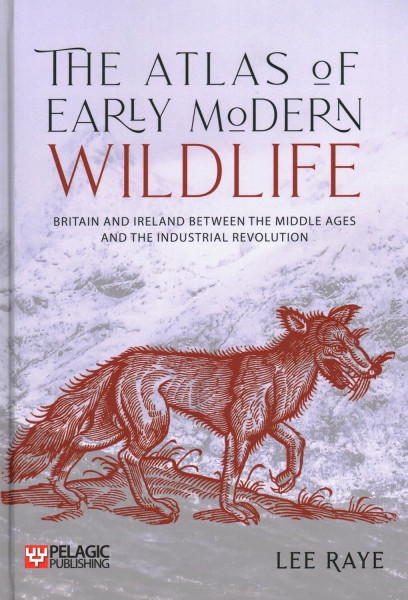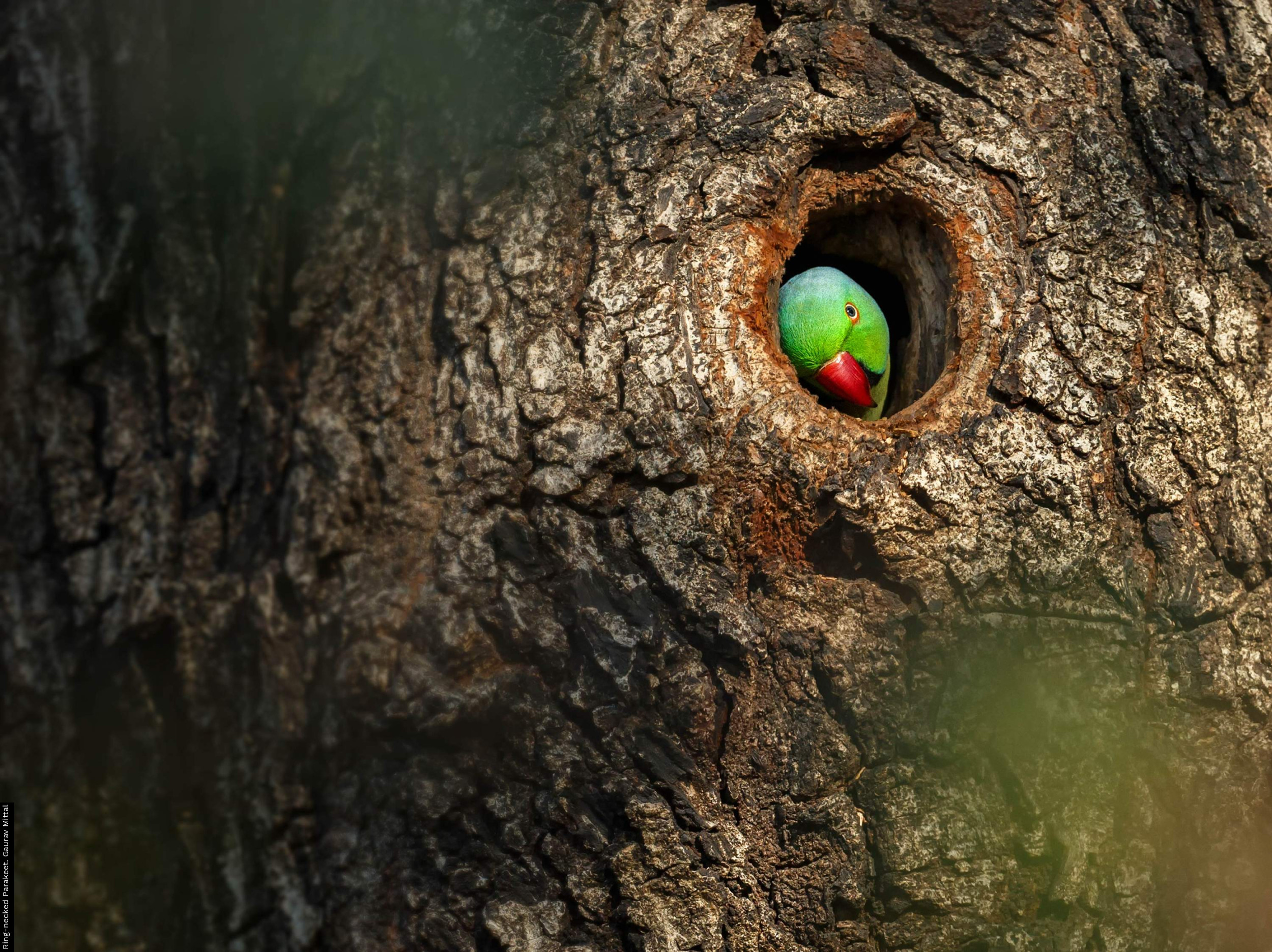
Publisher: Pelagic Publishing, London
Publication Year: 2023
Binding: Hardback
Page Count: 398
ISBN Number: 9781784274078
Price: £ 44.99
The Atlas of Early Modern Wildlife: Britain and Ireland between the Middle Ages and the Industrial Revolution
As the title suggests, this book is presented as an atlas of the wildlife on our ‘Atlantic Archipelago’ from roughly 1519 to 1772. The term ‘wildlife’ covers a range of vertebrate species (from mammals to fish) together with a scatter of predominantly marine invertebrates, which together cover 151 species or grouped taxa. The mapped records and accompanying text draw on a few dozen key regional texts, largely produced by gentleman naturalists, such as Thomas Browne’s Notes and Letters on the Natural History of Norfolk, supported by material from a significant number of other sources.
While the species accounts provide some fascinating insight into the challenges of securing an identification for a species from these historical sources, it is difficult to see the value of the maps or the statistical treatment of what are typically very sparse data. In some cases the maps are misleading; that for Grayling, for example, shows records at river level by shading every county with similar topography which that river runs through. With so few records, it might have been better to use some of the 398 pages to provide more detail on the sites mentioned within the original records. The attempts to provide information on the trend since 1772 for each species also feel unwarranted, largely because most of these simply say ‘uncertain’ or ‘probably increased/decreased’. In some cases it is difficult to see how the stated trend since 1772 aligns with data from other sources. How valid, for example, is the use of ‘No change’ for Eel, when there is documented evidence of Eel fisheries from the Domesday Book through to the 19th century, and a decline of c.70% in numbers since the 1970s in our remaining fisheries?
The book provides valuable insight into how individual species were identified, named and viewed during the period of interest. You learn, for example, that the spelling ‘capercalze’ for Capercaillie in older texts stems from printers not having access to a separate character to represent the Older Scottish letter ‘yogh’ (derived from a ‘g’ but pronounced like a ‘y’). At times, however, the text sections are frustrating, either lacking additional detail on the records mentioned or including unhelpful and unsupported throwaway comments like ‘... possibly with a small year-round population in the Norfolk wetlands.’ (White Stork) and ‘It may have been a common vagrant.’ (Eagle Owl).
Overall, this book feels like a missed opportunity. The period in question is of interest and importance to those looking to re-establish lost species, and I feel that had more of the book been devoted to exploring the individual records and the nature of the sources, then it would have been far more helpful in this regard. A more rigorous academic treatment, much like the approach adopted by Michael Warren in his Birds in Medieval English Poetry, would have delivered a more useful book. The sloppy unsupported statements and attempts to apply a statistical rigour to such sparse data suggests that a stronger editorial hand might have helped to steer this book to a more helpful place. Further evidence of this comes from things like the Great Grey Shrike account being accompanied by an obvious Red-backed Shrike illustration, and the Wheatear by what appears to be a Jay. This is a shame, particularly given the author’s clear knowledge of the central subject, as evidenced by their peer-reviewed publication record.
Book reviewed by Mike Toms
buy this book





Share this page